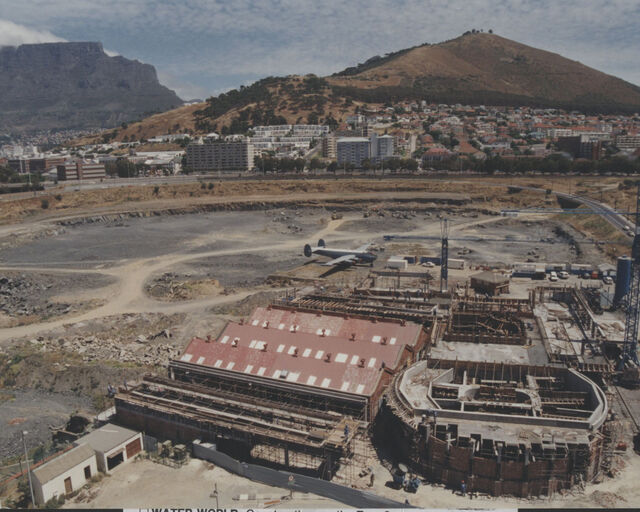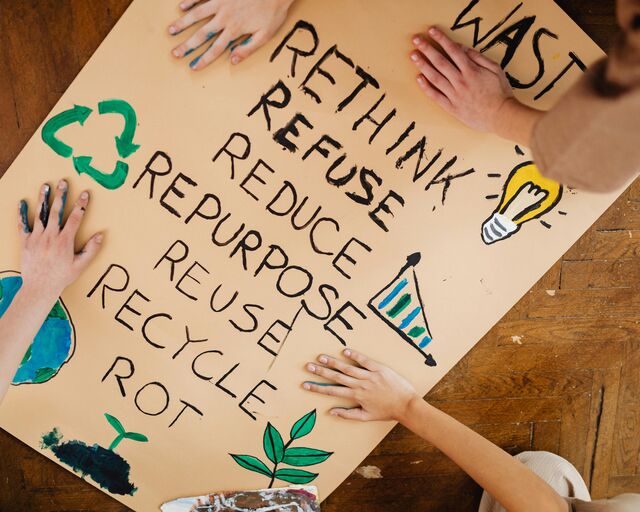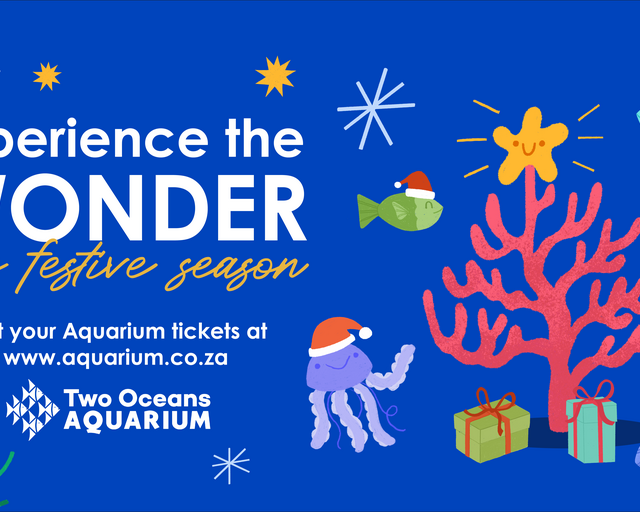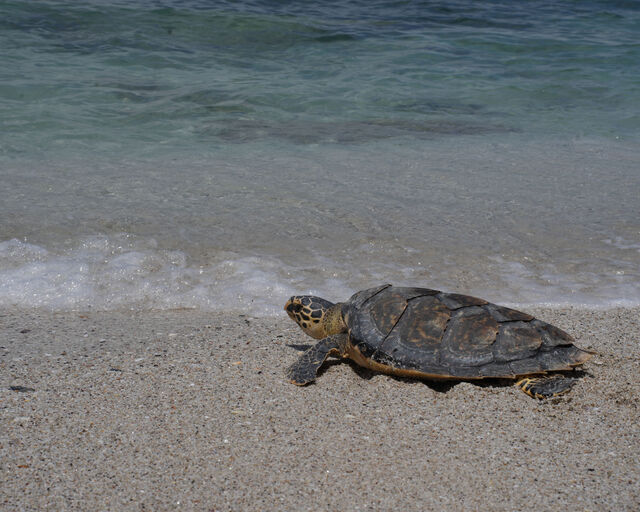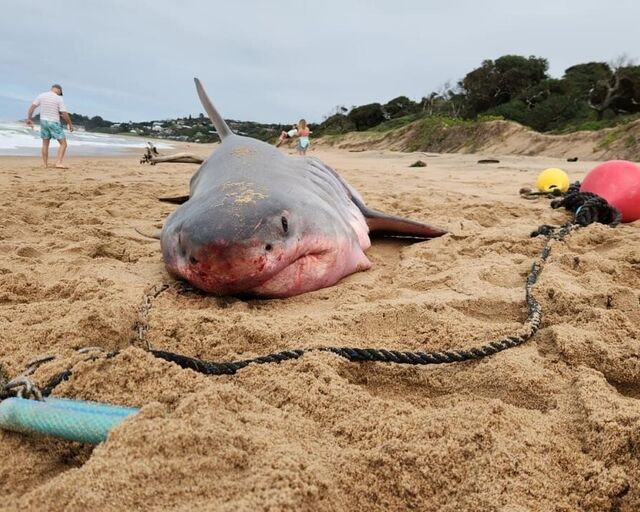This World Ocean Day, let's protect its future (and ours)
Today is World Ocean Day! It is a day that sparks collective, global action for a healthy ocean. We live on a blue planet: The world’s oceans cover 97% of the Earth, sustaining life in incredible ways. But this beautiful blue expanse needs our help to survive into the future.
Let’s learn about what the ocean does for us and how we can protect it!
Three things the ocean does for you:
1. The ocean helps us breathe.
Our ocean is the world’s biggest carbon sink: It absorbs 25% of all carbon emissions while producing about 50% of the oxygen we need to survive. For this reason, the ocean is often referred to as the planet’s lungs.
It turns out that the smallest phytoplankton are what keep these lungs pumping. Phytoplankton are minuscule, plant-like organisms that live in the sea. They form the base of the food chain in the ocean – sustaining the existence of countless marine life forms. Believe it or not, they are also responsible for 50% of the oxygen production on Earth. Like terrestrial plants, phytoplankton use photosynthesis to convert sunlight into energy, producing oxygen as a by-product.
The ocean and its inhabitants are inextricably tied to the healthy functioning of the planet. If the ocean pollution persists, the volume of phytoplankton decreases, and therefore, less oxygen is produced.
2. The ocean regulates the Earth’s climate.
Did you know that the ocean plays a huge role in regulating our climate? Like an enormous solar panel, the ocean absorbs most of the sun’s heat. This is most intense near the equator, with the water at the surface warming the most.
Not only does the ocean absorb all this heat, but it also distributes it around the world. When water is heated, it exchanges with air in a process called evaporation. By absorbing most of the sun’s rays, ocean water is constantly evaporating, increasing the temperature and humidity of the surrounding air to form rain and storms. These are then carried towards land by trade winds. Almost all rain that falls on land starts in the ocean.
Ocean currents are another driver in global weather patterns. Imagine the ocean currents acting like a conveyor belt – they transport warm water and precipitation from the equator towards the poles and cold water back to the tropics. Thus, currents regulate global climate by “moving heat” from the equator and around the globe. Without them, temperatures in certain areas would be much more extreme: Boiling at the equator and freezing at the poles.
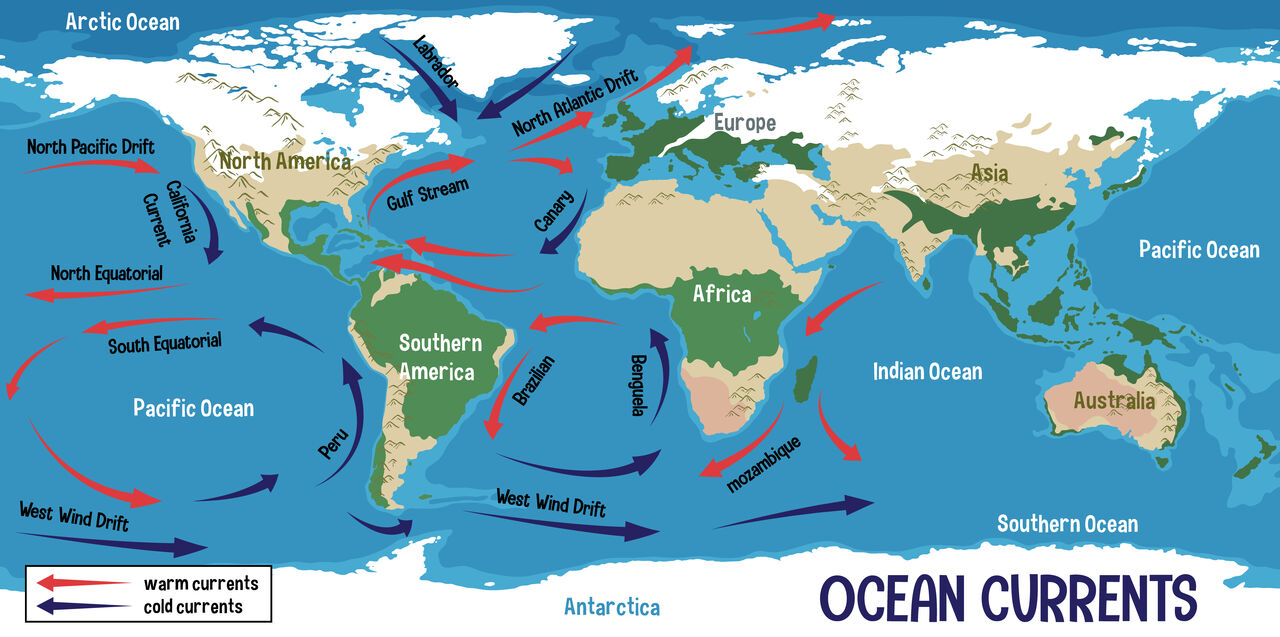
3. The ocean provides millions of jobs.
Not only does the ocean keep our climate stable and help us to breathe, but it also provides millions of jobs.
The United Nations estimates that the fisheries sector employs 58.5 million people. In South Africa, the fishery and tourism sectors are a source of income for millions of people, contributing directly and indirectly to their food security. Marine ecosystems, such as mangroves, provide countless services for global coastal communities. They are a crucial food source, support livelihoods, and provide clean water, forest products, and protection against erosion.
Of course, the economic health of ocean industries is linked to the actual health of the ocean. With the drastic upsurge in overfishing, pollution, climate change, and lack of awareness, the possibilities of jobs in marine spaces dwindle. For ocean jobs to succeed, our ocean needs to thrive.
Three things you can do for the ocean:
1. Join a beach clean-up!
Pollution is one of the most terrible threats to the ocean in 2024. Studies estimate that by 2050, there will be more plastic by weight than fish in the ocean.
Every day, the staff at the Two Oceans Aquarium and its Foundation witness the impact of pollution on our ocean and its inhabitants. Our Marine Wildlife Management Programme frequently disentangles Cape fur seals ensnared by plastic cords, cables, ropes, and discarded fishing gear. Our Turtle Conservation Centre regularly rescues turtles that have ingested plastic or been entangled in discarded fishing gear.
Our regular beach cleanup, Trash Bash, is about making a positive difference in the ocean’s health. The small action of interrupting the cycle of pollution at the shore sparks a ripple effect for the future of the ocean.
Our upcoming Trash Bash is being held at Monwabisi Beach on the 15 June – let’s protect the ocean’s future (and ours) while we have the chance.
2. Support sustainable seafood.
Commercial fishing has decimated global fish stocks, which has knock-on effects for many marine animals. For example, the chief food source of the endangered African penguin is small pelagic fish like sardines and anchovies – the same fish being rapidly depleted by commercial trawlers.
WWF created the Southern African Sustainable Seafood Initiative (SASSI) to help people make better choices when purchasing seafood. Their extensive list of seafood options available in southern Africa is split into an easily understood colour system: Green (good choice), orange (think twice), and red (don’t buy). Species on the green list are the best option: They are from the healthiest and most well-managed populations. Orange-list species are of concern for one or more of three reasons: Overfishing means the species cannot sustain pressure, the farming method poses environmental harm, or the species’ biology leaves it vulnerable to fishing pressures. Species on the red list are a definite “no” for your shopping trolley – these are from unsustainable populations, lack appropriate management, or are illegal to buy and sell in South Africa.
You can make a difference in maintaining the balance of the ecosystem by choosing sustainable seafood. For more information, visit the WWF SASSI website.
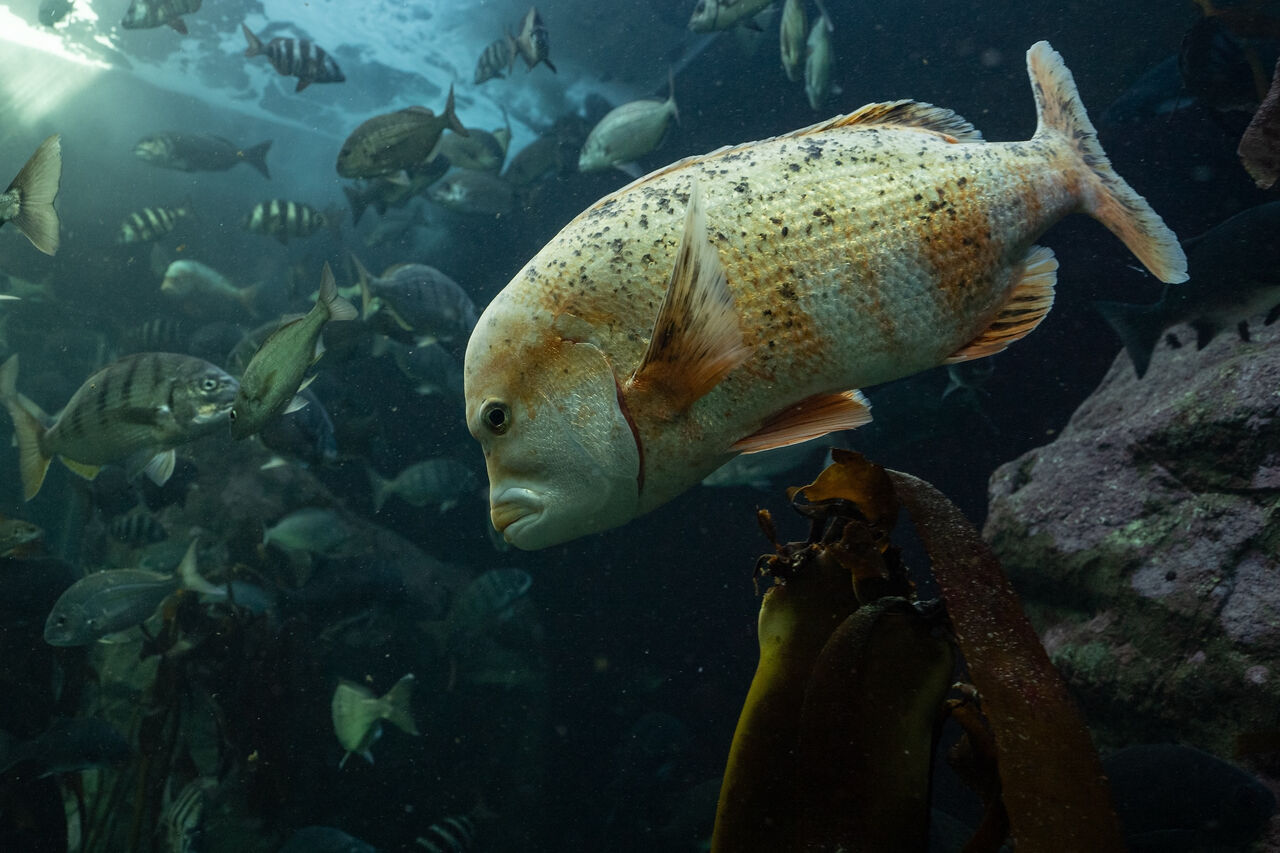
3. Explore the ocean!
You are more likely to protect something you’re passionate about, so dive into learning about the ocean and its inhabitants! Whether joining a friend for a walk along the beach, taking up scuba diving, or signing up for an ocean education course, there is always more of the ocean to discover and fall in love with.
If you’re unsure where to start, the Two Oceans Aquarium should be your first step! Situated at the meeting point of the Indian and Atlantic Oceans, we showcase the wonders and biodiversity of the two oceans. Stroll through the Aquarium and experience this yourself: From the microscopic strawberry anemone and the enigmatic octopus to the magnificent ragged-tooth shark and the gorgeous honeycomb stingray. If you want to become immersed in the underwater world, the Aquarium is the place to start.
The ocean contains worlds that haven’t yet been explored – it pulses with diversity, beauty, abundance, and curiosity. Explore and be astounded!
Related News
Sign up to our Newsletter
Receive monthly news, online courses and conservation programmes.
